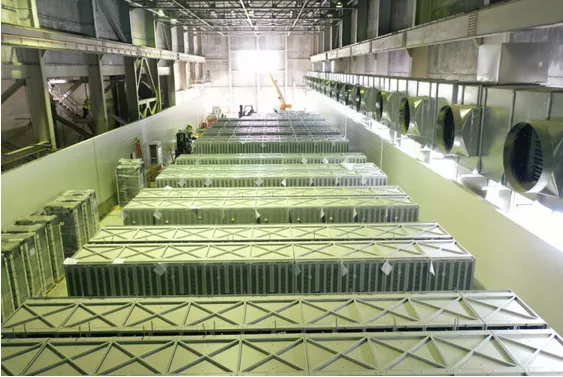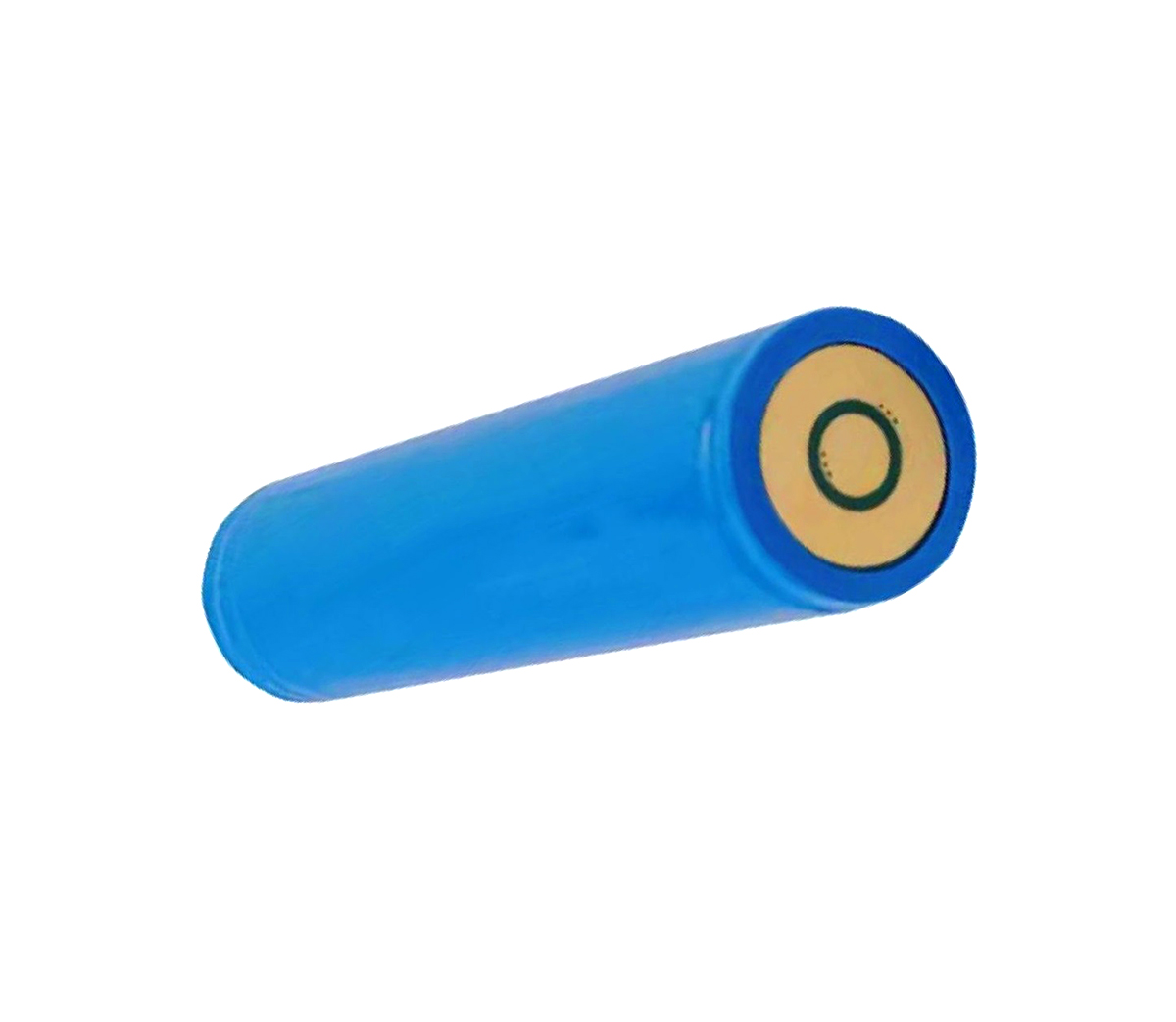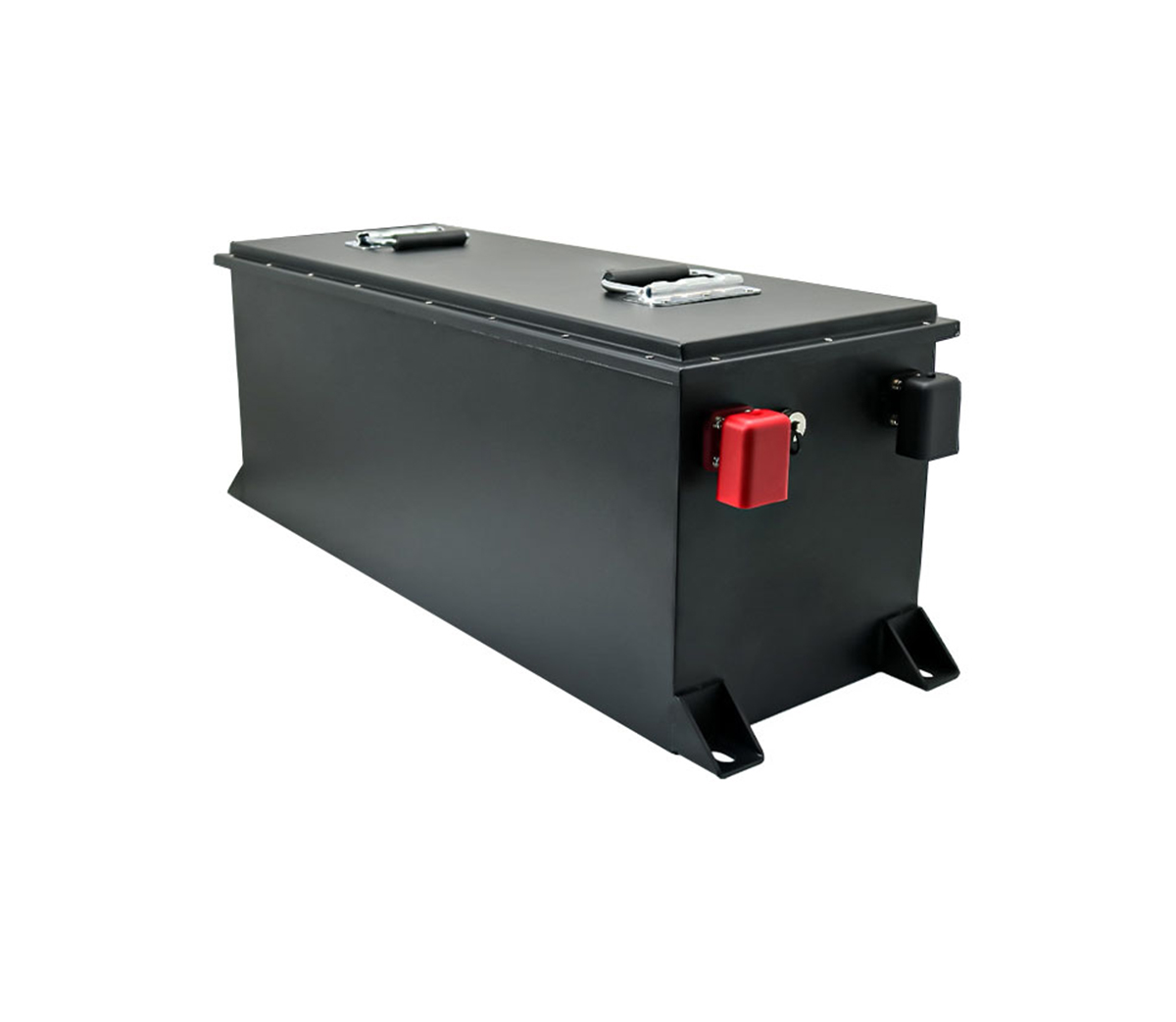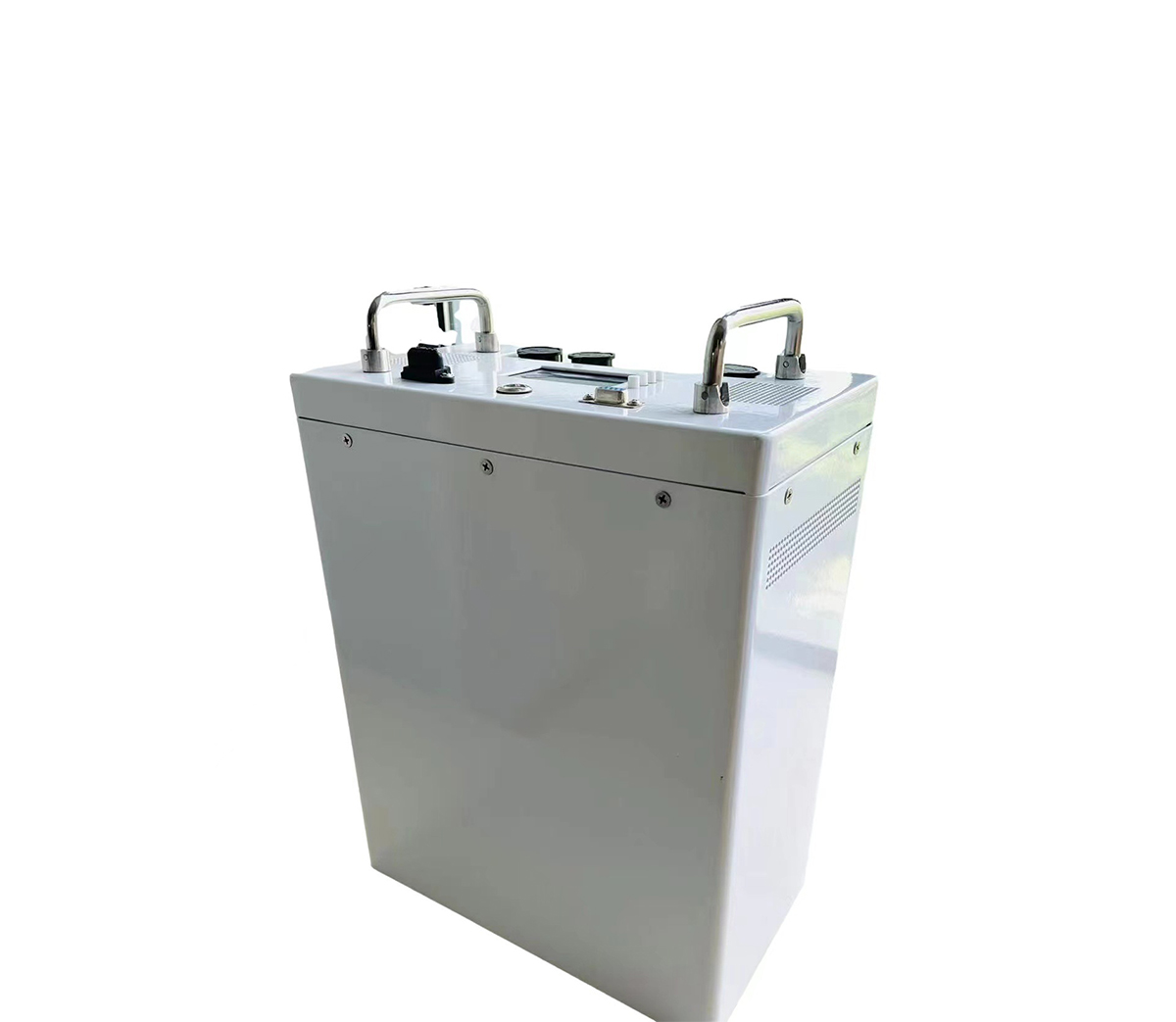Survey: Overheating batteries are not the reason for the disruption of the
world's largest energy storage project
Vistra Energy, the owner of the world's largest battery storage project,
expects the first phase of the Moss Landing energy storage plant to be back
online in the first half of this year. As planned, the first phase
(300MW/1,200MWh) of the Moss Landing battery energy storage project deployed in
Monterey Bay, California, will come online by the end of 2020, followed by the
second phase (100MW/100MW/h) in August last year. 400MWh).

(The Moss Landing battery energy storage project uses batteries from LG
Energy Solution)
However, according to industry media reports, the first phase of the
battery energy storage project suffered a battery thermal runaway event on
September 4 last year, which interrupted operations and is still unable to
operate. The second phase of the project is still in operation.
Vistra Energy earlier this January published the main findings of the
accident at the Phase 1 project and the corrective actions related to the
incident. The company said the incident caused partial damage to about 7 percent
of the batteries in the first phase of the project, while other facilities and
control systems were also damaged in the incident.
The investigation indicated that the incident did not appear to be caused
by an overheating of the battery modules, but rather that the sprinkler system
reacted to fumes from the air handling facility.
Vistra Energy said the early smoke detection device (VESDA) in the field
was triggering the water spray function because of certain setpoints, which may
have been caused by a programming error in the early smoke detection device
(VESDA).
The specific failure process is that some of the joints between the hose
and the pipe are not tight, causing the sprayed water to leak onto the battery
rack, resulting in an electrical failure that causes the battery to overheat.
The overheating of the batteries released more fumes, which in turn caused the
thermal suppression system of the first phase of the project to activate more
water sprays, which damaged more batteries.
The findings indicated that the battery pack was in the normal operating
temperature range before the improper water spray was triggered.
Local firefighters rushed to the scene for disposal, but did not need their
assistance to control the fire. The incident did not cause harm to the personal
safety of staff, nor did it negatively impact the local community.
The first phase of the project with an installed capacity of 300MW consists
of three 100MW battery storage projects with a total of 99,858 LG Energy
Solution batteries installed.
Vistra Energy said it hopes to bring the first phase of the project back
online in an alternating fashion, with 100MW of battery storage systems expected
to be brought back online in the first quarter of this year, and the rest of the
battery storage systems to be brought back online in the second quarter of 2022.
The company is now repairing and commissioning the Phase 1 project and
implementing improvements to improve the Phase 1 original design.
Corrective actions will be updated: stress test the thermal suppression
system and identify the type of leak, install an air monitoring system to
continuously monitor the thermal suppression system wiring, review VESDA system
programming, and install smoke detectors in the air handling unit.
Another problem is that water leaking onto the upper cells of the energy
storage system battery rack falls through the gaps and onto the lower cells.
Those gaps will be sealed, Vistra Energy said.
Vistra Energy recently announced plans to further scale up the Moss Landing
battery storage project by an additional 350MW/1,600MWh, which will bring its
total size to 750MW/3000MWh. The company has signed a 15-year resource adequacy
agreement with California Utilities (IOU) Pacific Gas & Electric (PG&E)
for the expansion of the project, which is pending approval by the California
Public Utilities Commission (CPUC).
Vistra Energy said that while the expansion could be completed by June
2023, the Moss Landing battery storage project involves repurposing much of the
natural gas-fired power plant and leveraging its grid interconnection and
transmission and distribution (T&D) infrastructure, if market conditions and
contracts provide more deployment opportunities, the final deployment scale may
reach 1,500MW/6,000MWh.
SES Power believes that lithium battery energy storage systems have shown a
global explosive growth trend. Customers often focus on price. In fact, the
price should be based on comprehensive considerations such as performance,
safety, and stability. The ternary lithium battery with high energy volume ratio
has more energy than the lithium iron phosphate battery, but the safety is
superior to the lithium iron phosphate. SES Power has rich experience in lithium
battery packs for energy storage systems. It is recommended that customers use
lithium iron phosphate batteries first, such as 12V100Ah, 12V200Ah, 24V100Ah,
48V100Ah and other modular lithium batteries. If the customer adopts a ternary
lithium battery with a higher capacity ratio, we will increase the safety
protection of the battery according to the actual situation. This is not only in
terms of electronic structure, but also needs to be comprehensively dealt with
in terms of mechanical mechanism, damage and impact.



































